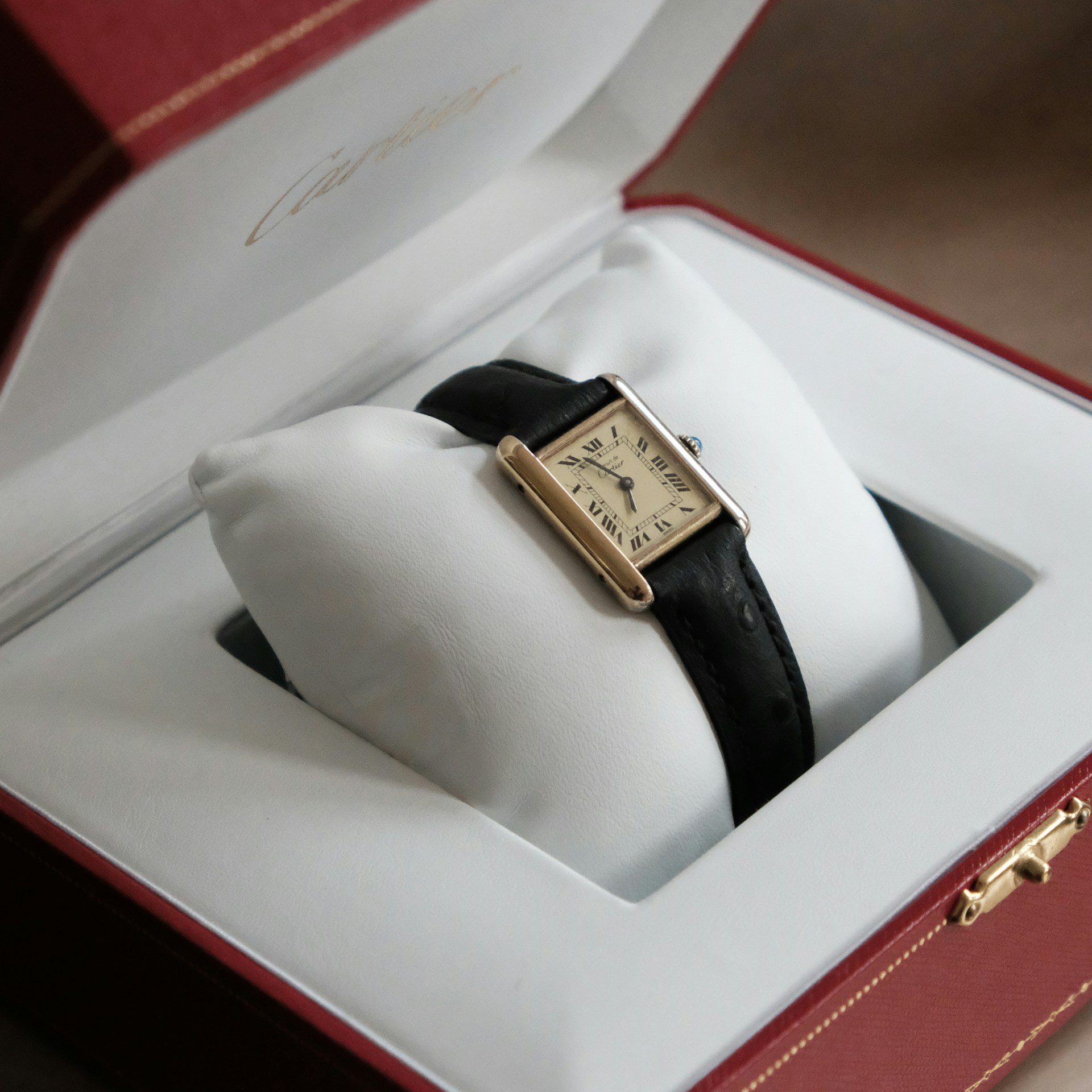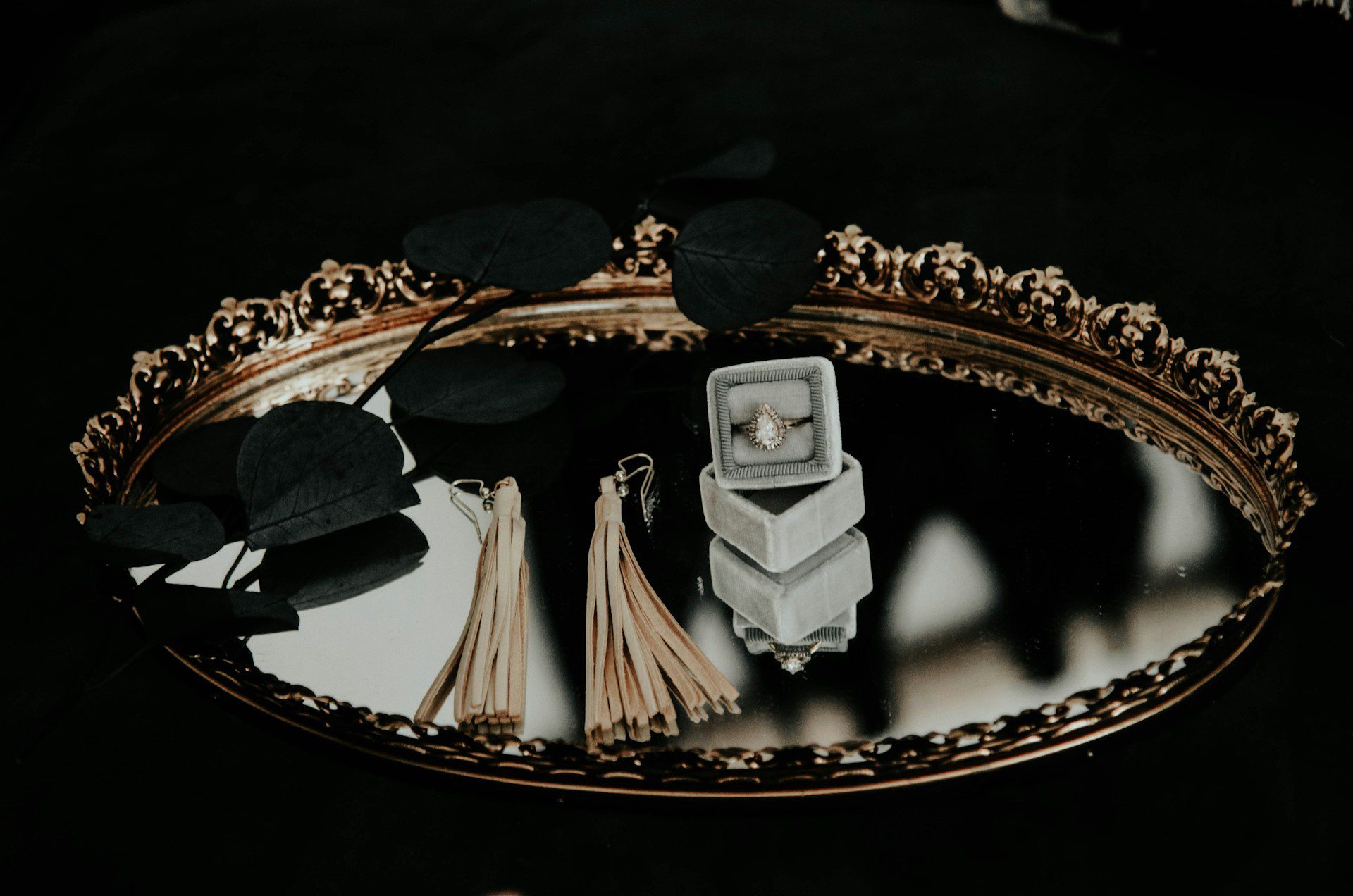Diamonds are one of the most valuable and sought-after gemstones in the world, prized for their beauty and rarity. A large part of what makes diamonds so stunning is the way they reflect light and create a sparkle that is hard to match. This effect is achieved through the process of diamond cutting, a highly scientific and precise practice that requires years of training and expertise.
Understanding the Basics of Diamond Cutting
At its core, diamond cutting is about shaping a rough diamond into a finished gemstone that maximizes its beauty and value. The process involves several steps, including planning, cleaving or sawing, bruting, polishing, and inspection. Let’s take a look at what each of these phases involves.
Planning
During the planning stage, the gemologists work to ensure the best possible outcome for the diamond. They take time to examine the rough diamond, carefully considering its shape, size, color, and inclusions. They then consult with the client to determine the desired finished product. Once a clear plan has been established, the gemologists begin the intricate process of cutting and polishing the diamond.
Cleaving
Cleaving, also known as sawing, is a process of splitting a rough diamond along its natural planes to create two separate pieces. The process involves carefully studying the diamond’s structure to determine the most strategic location for the cut. Once the location is identified, a small groove is made in the diamond’s surface, and a steel blade is inserted into the groove. A sharp blow is then delivered to the blade, which splits the diamond along its natural fracture plane. Cleaving requires a high level of skill and precision, as a single mistake can result in a significant loss of value for the diamond.
Bruting
This step is followed by bruting, where the diamond is shaped and smoothed to create its basic symmetry and proportions. The bruting process may take several hours or even days, depending on the size and complexity of the diamond. It is a critical step in the diamond cutting process, as it lays the foundation for the diamond’s final appearance and brilliance.
Polishing
The polishing stage is where the diamond’s facets are smoothed and refined, revealing its true beauty. The gemologist uses specialized tools and techniques to carefully shape each facet, bringing out the diamond’s natural brilliance and fire. During this stage, the gemologist must work with great precision and attention to detail, to ensure that each facet meets the highest standards of quality. The result is a diamond that sparkles with life and brilliance, a true masterpiece of nature and human craftsmanship.
Inspection
The final step in the diamond production process involves a thorough inspection of the diamond’s quality. This is a crucial step in ensuring customer satisfaction with the final product. The inspection process involves the use of specialized equipment and highly trained professionals who carefully examine the diamond for any imperfections or flaws. These imperfections, such as cracks or inclusions, can greatly impact the value and beauty of the diamond. Once identified, these imperfections are carefully removed through a delicate process that requires a high level of skill and precision. This ensures that the diamond is of the highest quality and will meet the expectations of the customer.
The Importance of Proportions in Diamond Cutting
One of the most critical aspects of diamond cutting is achieving the right proportions for the stone. The proportions of a diamond refer to the angles and measurements of its facets, which play a significant role in how light is reflected and refracted within the stone.
When a diamond is cut with proper proportions, it will reflect light in a way that creates maximum brilliance, fire, and scintillation. Brilliance refers to the amount of white light that is reflected back to the viewer, while fire refers to the play of colored light within the diamond. Scintillation refers to the flashes of light that occur as the diamond moves.
Achieving the perfect proportions for a diamond requires a deep understanding of the science of light and how it behaves within a diamond. Gemologists use a variety of instruments, such as spectrophotometers and photometers, to measure a diamond’s angles and facets and ensure that they are within the optimal range for maximum reflection and refraction.
The Impact of Cut on Diamond Value
The cut of a diamond is one of the most significant factors in determining its value. A well-cut diamond will be more brilliant and valuable than one that is poorly cut, even if they have the same carat weight and clarity. The Gemological Institute of America (GIA) has developed a grading system for diamond cuts, which takes into account factors such as brightness, fire, and scintillation, as well as proportions and symmetry. A diamond with an excellent cut grade will be more valuable than one with a fair or poor cut grade.
Conclusion
Diamond cutting is a complex and highly scientific process that requires skill, precision, and expertise. A well-cut diamond will exhibit maximum brilliance, fire, and scintillation, creating a sparkle that is hard to match. Understanding the science behind diamond cutting can help consumers make informed decisions when purchasing diamonds and ensure that they are getting the best value for their investment.






